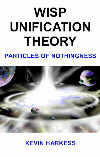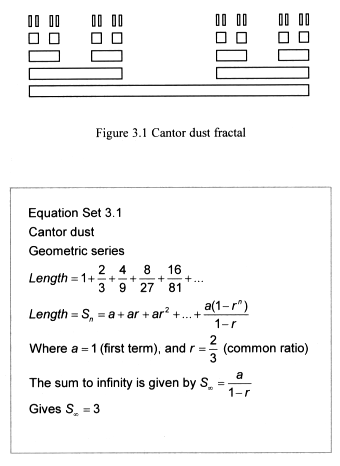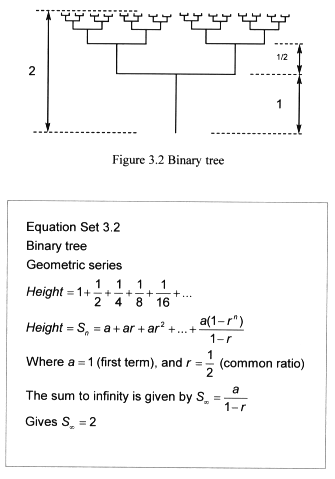
 Wisp
Unification Theory - 3 Fractals
Wisp
Unification Theory - 3 Fractals
- Home
- About Me
- Reasons why Einstein was wrong
- One-way speed of light experiments
- Hot topic
- Q&A
- ACES - The end of Relativity

- Book Contents
- Introduction
- 1 Matter,Space and Time
- 2 Symmetry
- 3 Fractals
- 4 Wisp Space
- 5 Gravity
- 6 Electromagnetic Force
- 7 Wisp & S.R: Fundamentals
- 8 Wisp & S.R: Electrodynamics
- 9 Wisp & S.R: Doppler effect
- 10 Wisp & S.R: Relativistic Mechanics
- 11 Big bang
- Appendix A
- Appendix B
- Index A-Z
- Copyright
- Feedback
This page contains the complete chapter. To download the new 2011 2nd edition of wisp unification theory go to the homepage.
3
Fractals
Fractals are geometrical figures formed from an identical motif repeating
itself on an ever-decreasing scale. Benoit Mandelbrot coined the word
fractal in 1975.
Computer programs carrying out simple iteration processes can generate
an infinite number of fractal patterns. A small change in the program
can change what was a simple pattern into a highly complex one.
Nature is abundant with fractal patterns that are similar to each other
on different scales. Many trees grow by making branches that are smaller
copies of their basic shape. Fractals appear everywhere, on large and
small scales. And I believe that on the smallest scale, the fundamental
particles of nature are fractal shapes that form in wisp space.
3.1 Fractal patterns
3.1.1 Cantor dust
This simple pattern (Figure 3.1) was produced by Georg Cantor around 1870,
and is possibly the oldest fractal. It contains patterns that are similar
to each other on different scales and is produced by placing lines with
their middle thirds removed, above neighbouring lines. After an infinite
number of iterations all that remains of the line is a set of dust points
of zero length.
If we calculate the total length of all lines we find that we are dealing
with a limit process. The lengths of the lines form a geometric series
that converge as we take the ‘sum to infinity’. The limit value
produced is 3 (Equation set 3.1).

3.1.2 Binary tree
The height of the binary tree is also a limit process (Figure 3.2). At
each level the vertical branches split in two, and are halved in size.
Each horizontal line is twice the length of the vertical line below it,
the vertical lines making the height of the tree form a geometric series
that converge as we take the ‘sum to infinity’. The limit value
produced is 2 (Equation set 3.2).

3.2 Particle fractals – ‘matter-fractals’
I believe a fractal limit process similarly determines the masses of the
fundamental particles. Instead of lines, fractal structures are made up
of layers of wisps (weightless one-state particles), held together by
strong nuclear binding forces.
Fractals that form the fundamental particles are spherical three-dimensional
shapes and the numbers of wisps in them converge to limits, which determine
their masses.
It would be extremely difficult to use conventional mathematics to calculate
the fractal shapes that form in wisp space. One possible solution would
be to use computers running cellular automata programs. I believe this
is the way that nature works; it does not have a set of instructions to
follow, it just shuffles wisps about and particles pop out.
Home -- About
Me -- Reasons
why Einstein was wrong -- One-way
speed of light experiments -- Hot
topic --
Q&A -- ACES
- The end of Relativity --
Book Contents -- Introduction
-- 1 Matter,
Space and Time -- 2
Symmetry -- 3 Fractals -- 4
Wisp Space -- 5 Gravity
-- 6 Electromagnetic Force --
7 Wisp & S.R: Fundamentals
-- 8 Wisp & S.R: Electrodynamics
-- 9 Wisp
& S.R: Doppler effect -- 10
Wisp & S.R: Relativistic Mechanics --
11 Big bang -- Appendix
A -- Appendix B -- Index
A-Z -- Copyright -- Feedback